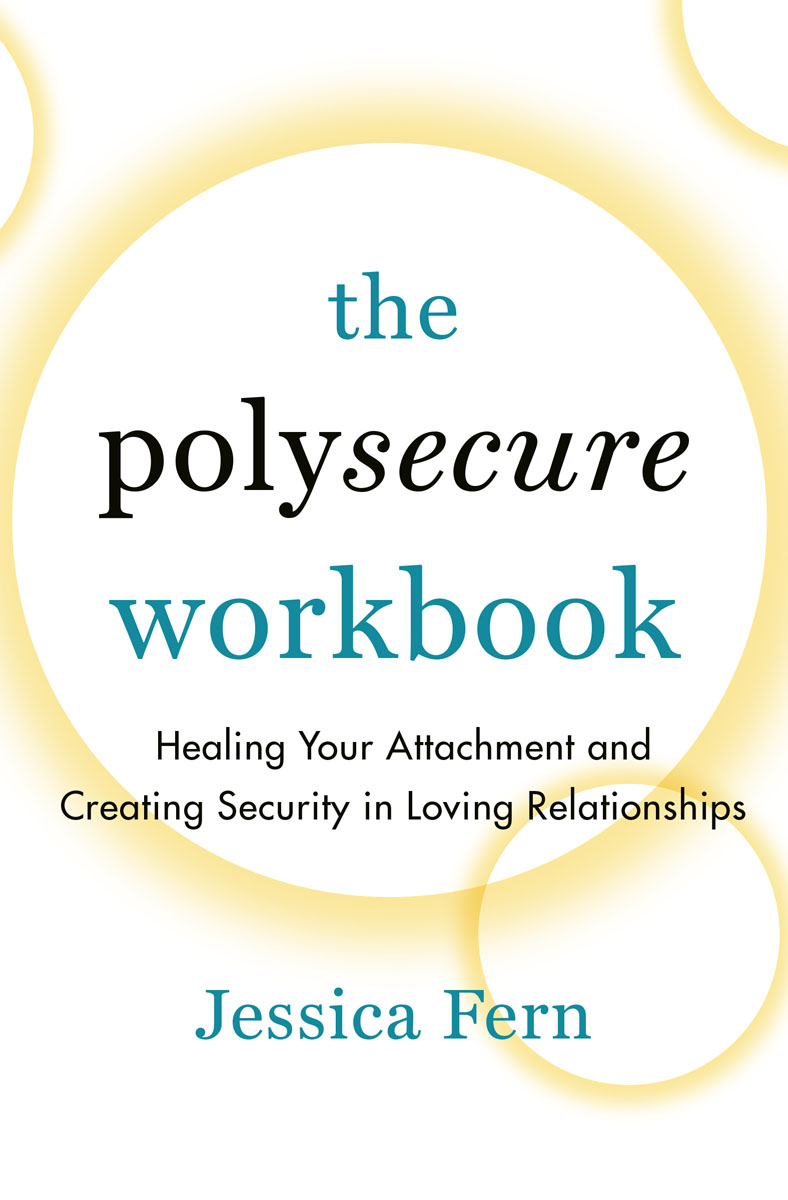

The Polysecure Workbook
Healing Your Attachment and Creating Security in Loving Relationships
Copyright 2022 by Jessica Fern. All rights reserved. No part of this book may be used or reproduced in any manner whatsoever without written permission from the publisher except in the case of brief quotations in critical articles and reviews.
Thornapple Press
300 722 Cormorant Street
Victoria, BC V8W 1P8
Canada
Thornapple Press (formerly Thorntree Press) is a brand of Talk Science to Me Communications Inc. Thornapple Presss business offices are located in the traditional, ancestral and unceded territories of the l wn and
wn and  SNE peoples.
SNE peoples.
Cover design by Brianna Harden
Interior design by Jeff Werner
Editing by Andrea Zanin
Proofreading by Alison Whyte
Library and Archives Canada Cataloguing in Publication
Title: The polysecure workbook : healing your attachment and creating security in loving relationships / Jessica Fern.
Names: Fern, Jessica, author.
Identifiers:
Canadiana (print) 20220286345 | Canadiana (ebook) 20220286361 | ISBN 9781990869044 (softcover) | ISBN 9781990869051 (EPUB)
Subjects:
LCSH: Non-monogamous relationshipsPsychological aspects. | LCSH: Non-monogamous relationshipsPsychological aspectsProblems, exercises, etc. | LCSH: Attachment behavior. | LCSH: Attachment behaviorProblems, exercises, etc. | LCGFT: Problems and exercises.
Classification: LCC HQ980 .F47 2022 | DDC 306.84/23dc23
Digital version 1.0
CONTENTS

INTRODUCTION
Welcome to The Polysecure Workbook!
After the publication of Polysecure: Attachment Trauma and Consensual Nonmonogamy in October 2020, I quickly received many requests for a workbook to go along with the book. Readers generally loved Polysecure and adamantly expressed wanting to go even deeper in creating a more secure attachment within themselves, with their partners or both. Although people have become increasingly aware of individual attachment styles and the need for relationship safety and security in the last decade, the steps people can take to get there have not always been clear. This is especially true for people practicing nonmonogamy, who have typically been excluded from the mainstream literature on the concept of attachment, or when included, they are misunderstood, misrepresented and even pathologized. Polysecure was the first book to apply attachment theory to nonmonogamous relationship structures. In it, I encourage nonmonogamous readers, making it clear that you can have multiple secure attachments and you dont have to act in strictly monogamous or hierarchical ways to get there. Polysecure also emphasizes the utmost importance of creating a more secure attachment with yourself, regardless of your relationship orientation or style.
This workbook is meant to be a companion guide to accompany you on your polysecure journey. Like Polysecure, this workbook is divided into three parts. In ends with walking you through some contemplations and ideas for assessing your level of polysaturation and how to create your own temporary vessel where you stage which consensual nonmonogamy ( CNM ) activities you will initially begin with and which ones you will add in later, down the road, to best support a sustainable pacing when there are attachment struggles at play.
In each chapter, youll find a summary of the concepts and ideas of the equivalent chapter in Polysecure, with new additional questions, prompts and exercises designed to support you in your further exploration and integration of the material. This workbook is intended for people who are already acquainted with Polysecure. If you havent read Polysecure, I do invite you to read the book since it provides the concepts and theories that lay the foundation for the exercises that you will explore in this workbook. However, I also know that everyone learns and grows differently, and some people prefer to jump straight into the practice with little of the theory. That approach can work here, too.
You can go through this workbook by yourself or with your partners, friends, loved ones, a therapist or a group. I suggest setting aside regular times to move through each section and chapter of the workbook. Go at your own pace. As I often say to people making the transition from monogamy to nonmonogamy, this process is a marathon, not a sprint, and this is also entirely true for the process of healing our insecure attachment. Bringing your commitment, persistence and patience on this healing expedition will serve you well. Processing your past and creating a coherent narrative of what you went through and how it impacted you is an important part of building an earned secure attachment style, so that you can live more fully in the present with yourself and your partners. Step by step, you will create a more secure attachment with yourself. Furthermore, gaining more clarity about who you are, what you want and what you need will undoubtedly support you in your adult attachment-based relationships. This workbook will help illuminate the hardships you went through for the purpose of creating new personal and relational freedoms.
Some of the questions and exercises might feel easy and straightforward; others might be challenging and bring up grief about the hardships you went through and the love, attunement or protection that you didnt receive. As you go through the different activities and prompts, it is normal to experience a mix of insight, relief, anger, overwhelm, fear, a sense of renewal and needed release. Please make the space to allow all these different feelings to be present. Holding an attitude of curiosity and courage is important here. It takes tremendous bravery to confront childhood trauma and attachment ruptures. You are not broken and in need of fixing. Rather, you are in need of care and nurturance for the unique attachment experiences you went through. Trauma can be experienced on a spectrum from the more extreme to the more subtle or even socially acceptable. Every person will have different wounds from what theyve faced, regardless of where their experiences fall on that spectrum.
You are on a path of restoring your relationship with yourself and also possibly with your partners. In its essence, this is walking the path of love for self, for others and for the world. With that said, this workbook is not meant to replace professional or medical treatment. Instead, it is meant to be one of the supportive companions for your healing and growth. I am truly excited for what lies ahead of you with this workbook and I am deeply grateful to further accompany you on your polysecure journey.
Part One

CHAPTER ONE
OVERVIEW OF ATTACHMENT THEORY
Next page

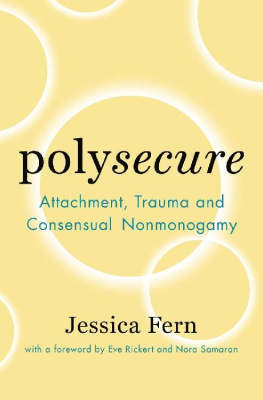
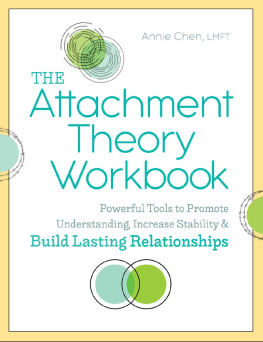

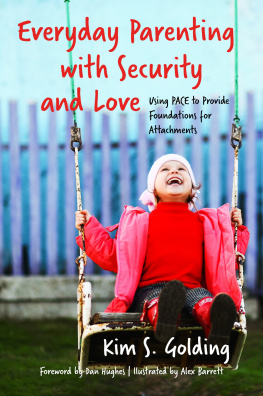
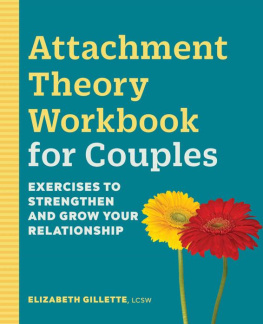

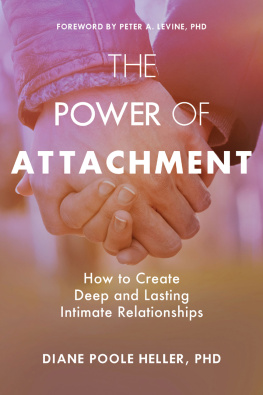



 wn and
wn and  SNE peoples.
SNE peoples.